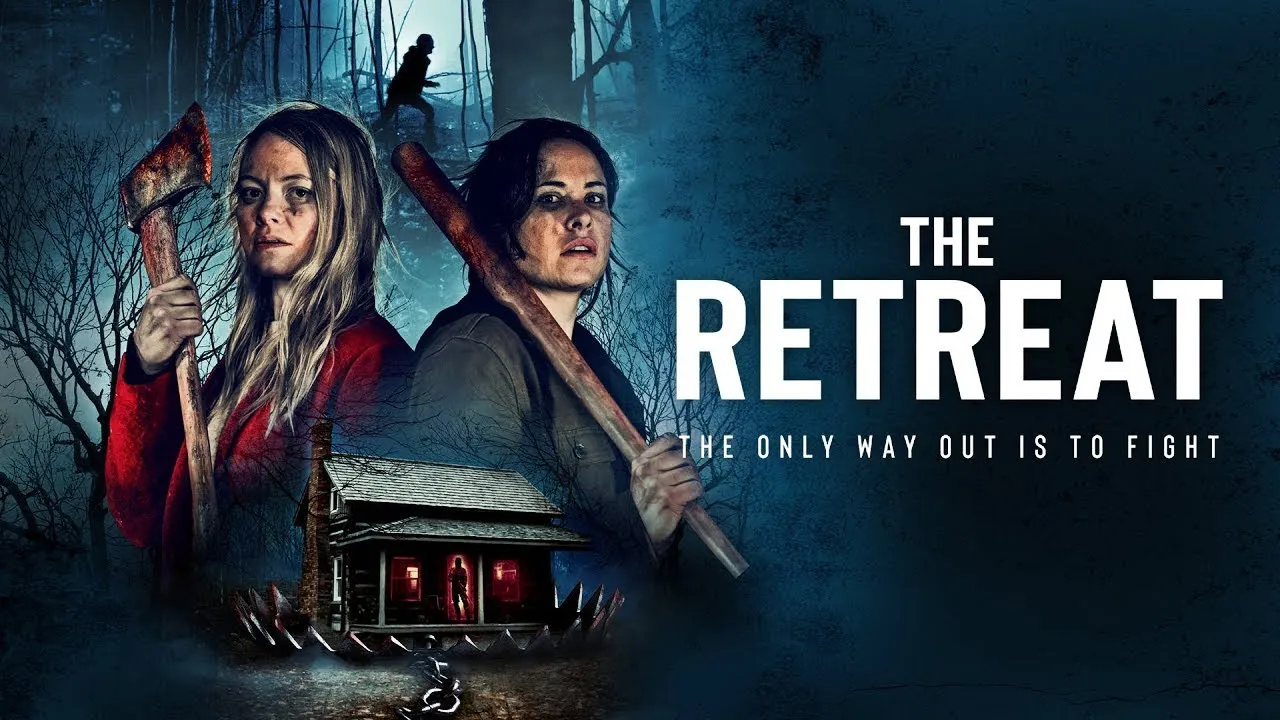Poison Arrow is a slow-burning, psychological survival thriller set deep within the Amazon rainforest, where ancient rituals, modern greed, and ancestral vengeance collide. The film tells the story of a group of elite archaeologists and corporate surveyors who journey into a restricted tribal zone in search of a fabled pre-Columbian artifact said to grant immunity — not just from illness, but from death itself.
Leading the expedition is Dr. Maya Elson, a driven academic with ties to the region through her late father, a controversial explorer who disappeared under mysterious circumstances decades earlier. Haunted by his legacy and lured by professional redemption, she joins a team that includes a local guide with a hidden agenda, a brash investor, and a medic who doesn’t believe in curses — until it’s far too late.
Their intrusion awakens more than hostility from the forest. After desecrating a sacred site, the group is targeted — not by wild animals or natives, but by a near-mythic hunter: a masked archer, silent and unrelenting, who stalks them one by one. His arrows, tipped in a slow-acting, hallucinogenic poison, don’t kill instantly. They unravel the mind, dredging up guilt, trauma, and secrets buried too long. Victims die screaming at visions only they can see.
The jungle becomes a character in itself — dense, whispering, and indifferent. Vines curl like veins, insects crawl beneath skin, and the sky is so thick with mist it feels like the air itself wants them gone. The deeper the team goes, the more reality dissolves. Maps become useless. Technology fails. The survivors begin to suspect the poison doesn't just attack the body — it reveals the truth of who they really are.
The horror in Poison Arrow is less about gore and more about psychological decay. Through flashbacks distorted by toxin and fear, we learn that the expedition wasn’t just about discovery — it was about theft, legacy, and guilt passed down like a curse. Dr. Elson discovers that her father didn’t disappear — he was marked, just as she is now.
Visually, the film thrives on contrast: neon-tinged night vision, firelight flickering against jungle shadows, and hallucinations that feel too vivid to be unreal. Animal eyes glow from the trees. Voices echo out of order. Time seems to loop. The hunter never speaks, never reveals his face, but his presence is constant — felt more than seen.

As the group falls apart, trust erodes. Friend turns on friend. Betrayal becomes inevitable. The final act is a fevered descent into both literal and mental darkness, as Maya — hallucinating wildly — must face not only the hunter, but the legacy of her father’s sins. To survive, she must understand the real purpose of the poison: not to kill, but to judge.
Poison Arrow draws thematic power from indigenous folklore, eco-horror, and generational trauma. It explores the consequences of colonial curiosity and the cost of entering sacred spaces without understanding them. It's part jungle survival story, part metaphysical reckoning — Apocalypto meets Annihilation with echoes of The Wicker Man.

Not all viewers will appreciate the film’s ambiguity or its slow, surreal pacing, especially in its middle stretch. But for those who favor cerebral horror and atmosphere over constant action, Poison Arrow is a chilling descent into what happens when the land remembers what was taken.
The final shot lingers: the jungle quiet again, an arrow sticking from a tree, still wet with poison — waiting.


-1751510377-q80.webp)

